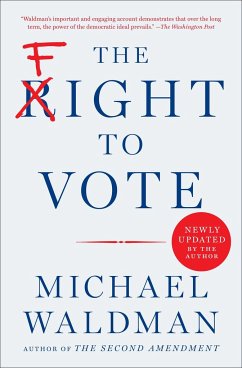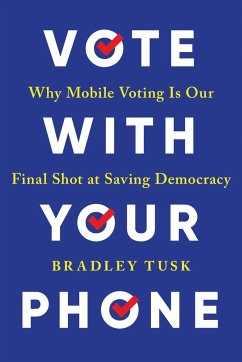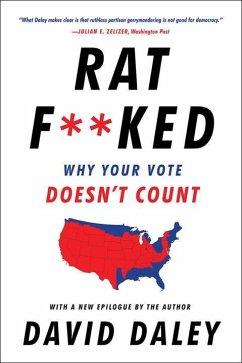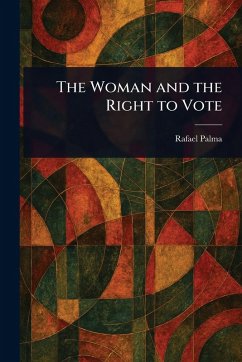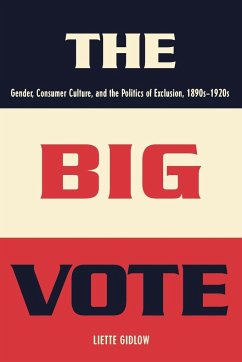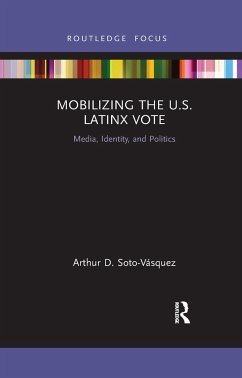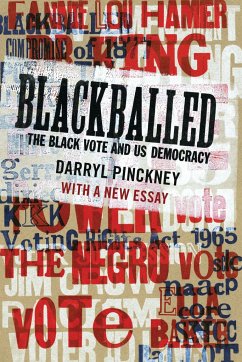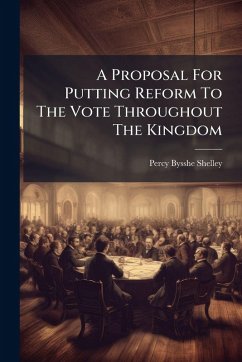
Your Vote and How to Use It
Versandkostenfrei!
Versandfertig in über 4 Wochen
17,99 €
inkl. MwSt.
Weitere Ausgaben:

PAYBACK Punkte
9 °P sammeln!
"Your Vote and How to Use It," by Mrs. Raymond Brown, offers a fascinating glimpse into early 20th-century civics and the responsibilities of citizenship. Focusing on the political landscape of New York State, this book provides insights into the government and political process of the era. Delve into the mechanics of voting, the importance of civic engagement, and the workings of campaigns and elections as understood at the time. This meticulously prepared print edition serves as a valuable historical document, shedding light on the evolution of voting practices and political participation. E...
"Your Vote and How to Use It," by Mrs. Raymond Brown, offers a fascinating glimpse into early 20th-century civics and the responsibilities of citizenship. Focusing on the political landscape of New York State, this book provides insights into the government and political process of the era. Delve into the mechanics of voting, the importance of civic engagement, and the workings of campaigns and elections as understood at the time. This meticulously prepared print edition serves as a valuable historical document, shedding light on the evolution of voting practices and political participation. Explore the perspectives of an earlier generation on their government and the importance of using their vote wisely. Discover a unique view on the enduring principles of democracy and the political landscape of New York. This work has been selected by scholars as being culturally important, and is part of the knowledge base of civilization as we know it. This work is in the public domain in the United States of America, and possibly other nations. Within the United States, you may freely copy and distribute this work, as no entity (individual or corporate) has a copyright on the body of the work. Scholars believe, and we concur, that this work is important enough to be preserved, reproduced, and made generally available to the public. We appreciate your support of the preservation process, and thank you for being an important part of keeping this knowledge alive and relevant.





